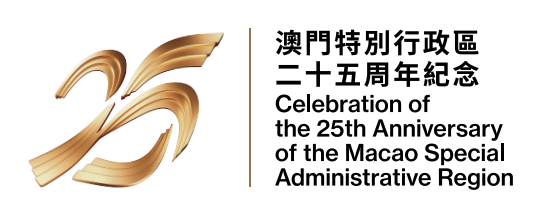Visiting Macao
- Home
- Visiting Macao

Macao sits on the western bank of the Pearl River Delta in southern Guangdong Province, sharing its borders with the city of Zhuhai to the North and the vibrant city of Hong Kong to the west. Macao has three distinct regions: the Macao Peninsula, Taipa and Coloane.
The Macao Peninsula is the heart of the territory and is connected to Taipa by a network of bridges. Located between Taipa and Coloane are modern hotel resorts, state-of-the-art infrastructure and Macao’s historical architecture.
The city’s rich history traces back to the mid-16th century when Portuguese explorers arrived and settled in the region. Today, the city showcases this fusion of culture through art, religious practices, traditions, incredible food, and vibrant communities that mirror the integration of Chinese, Western, and Portuguese cultures.
In December 1999, the Macao Special Administrative Region of the People’s Republic of China operated autonomously under the “One country, two systems” principle. Since then, Macao has been growing through land reclamation projects and the expansion of attractions for tourism. In 2005, the Historic Centre of Macao joined the UNESCO World Heritage List due to its exceptional historical and cultural significance. 2024 also marks the 25th anniversary of the Macao Special Administrative Region, with a full year of events planned to celebrate this milestone.
Macao is emerging as a top-tier international tourist destination thanks to its unique strategic location in Guangdong Province, its proximity to Hong Kong and the unique blend of cultures and rich history makes it a must-visit destination.
Macao’s iconic landmarks are an interesting hybrid of local culture and their history under the Portugese colonial rule, with the most famous being The Ruins of Saint Paul’s. The ruins are the granite façade of a century-old Jesuit Church that was once the biggest catholic church in East Asia and was constructed by Jesuit priests who travelled to the East, and close nearby is Monte Fort, a centuries-old battlement that overlooks mainland Macao. Cross over the bridge to Rua do Cunha, a bustling street in Taipa Village filled with food stalls and shops that are inspired by more traditional Chinese influences.
Image Credit: Macao Government Tourism Office
There are various ports of entry by air, land, or by sea that makes it very convenient to visit Macao. The easiest way for international travelers to get to Macao is through the Macau International Airport, which offers direct flights from countries in Asia, Europe and America. The Hong Kong International Airport also connects to many countries, and is another popular option for travelers looking for an extended vacation.
The Hong Kong-Zhuhai-Macao bridge allows travelers to take shuttle bus routes from Hong Kong and other major cities in Guangdong, or arrive via ferry from Hong Kong, Shenzhen and Zhuhai at any of Macao’s 3 ferry terminals
Macao is home to an estimated 686,400 residents. Over 90% of residents in Macao are ethnic Chinese, with the remaining being Portuguese, Filipino or other nationalities.
Chinese and Portuguese are the official languages of Macao, and most of the population speak Cantonese.
For more information about Macao, please visit Macao Government Tourism Office.

